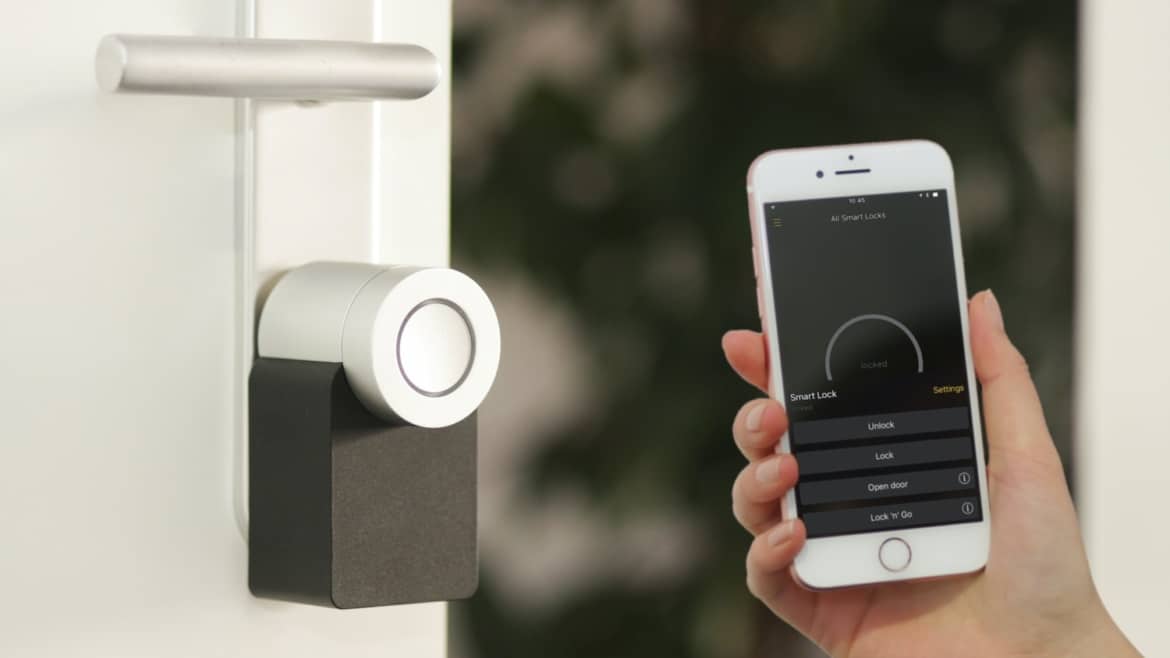Lately, people have been spending more time at home, whether to lounge in its safe confines or opting to work there. With a newfound appreciation for all that their homes offer them, many are taking the opportunity to make it as comfortable as possible.
As people look to improve their homes, one trend that you may have heard about more and more these days is smart homes. What is a smart home though, and is this something that you need?
What is a smart home?
A smart home is a home with devices that are connected and can share information with a network. An example of a network that these devices connect to is your home’s Wi-Fi connection, which can then be connected to the internet.
Simply put, a smart home allows physical objects to communicate. You can connect to and control the devices in this network, such as parts of your security or entertainment system, remotely with your smartphone or any other device used as a hub. Smart homes allow for home automation, which is when devices that are part of a smart home are set up or automatically chained to work together.
What type of devices can be connected to a smart home?
Products are increasingly being created that can connect to networks and known as smart products or smart devices. Generally, products that are preceded with the word “smart” refer to devices that can be used in a smart home.
Many of these smart devices are common household objects with a newfound ability to communicate and join a smart home network. With the types and varieties of smart products growing by the day, a few broad categories of smart devices are introduced below.
Ambiance
Perhaps the easiest entry point to a smart home is having a smart speaker due to them being relatively inexpensive and easy to set up. After connecting the smart speaker to your network, you can control the music it plays and the volume from your phone. Smart speakers with built-in digital assistants can even answer your questions or read you the news just by speaking to it.
One of the most basic household objects that can now connect to smart homes is the light bulb. By replacing the light bulbs in your home with smart light bulbs, you can turn your lights on or off, set its brightness and even adjust its colours or colour temperature from your phone.
Smart lights add a number of extra features and functionality to your lighting system. You can set different lighting profiles for different situations, such as turning on a specific lamp by your recliner for reading or dimming the lights when watching a movie. You can also set lights to turn on automatically as you arrive home and turn off after you leave.
Climate
One of the most useful smart upgrades to your home is to have a smart thermostat installed. With a smart thermostat, you can easily set the exact temperature to your liking from your smartphone. Smart thermostats can measure the temperature and humidity and keep the environment according to your preferences or schedule. You can easily set your heat to turn on before you are home so you can return to a warm home.
Similar to the smart lighting system, smart thermostats can turn off (or switch to an energy-saving mode) when you leave. In fact, you can check your energy usage from your phone and identify opportunities to save energy. With your heating and ventilation system constantly being monitored, smart thermostats can notify you about HVAC issues or provide maintenance reminders, such as letting you know to replace your air filter.
Security
Smart homes have made home security a lot easier to install and accessible than it previously was, and this is one of the largest categories of smart products. The essential smart home security device is smart security cameras. Not only can you watch the live video feed from your phone, but some smart cameras also have the option to record video to the cloud. Smart features on these cameras include taking pictures when it detects people or suspicious sounds.
Similar to smart security cameras are smart doorbells. These have a camera so you can identify who is at your door or see who took your package. With a microphone and speaker built in, you can also communicate with people directly, such as instructing a delivery person where to leave a package. A complementary smart device is a smart lock, which can unlock doors from your smartphone, allowing either yourself or the person who rang the smart doorbell into your home.
Since these smart security devices are connected to your smartphone through the internet, you can do all of the activities above even while away from home.
Do I need to make my home a smart home?
Having a smart home has a number of benefits but the key benefits across all smart devices are convenience and control. The smart devices based on existing systems in your home, such as lighting and heating, also adds efficiency. Having lights or your HVAC system only turn on at the right time and only for the amount of time needed creates real energy savings within your home.
Upgrading your home to your smart home may not be a necessity but once you experience what it provides, it’s difficult to cede the extra control and convenience that you gain. Given that it isn’t very costly, you could start small by testing a simple smart home implementation or go straight for the specific feature or function that you need. Having a smart home component that focuses on efficiency will pay off the costs to have it installed before long from the energy savings you gain.
Can I install a smart home myself?
Smart homes have improved in terms of being easier to install, and many people could install it themselves without any problems. If doing it yourself, the more information that you have on the smart home system that you’re installing, the less room there would be for error. For example, smart light bulbs are easy to install, but it would be good to know that installing these bulbs in light sockets controlled by a physical dimmer switch would cause the bulbs to flicker.
The more planning that your smart home system will involve, the better it would be to have a bit of assistance. For any type of wiring though, whether it involves a hardwired network for more stability or electrical wiring for a security system, we would definitely recommend professional help. For installing a smart home system that’s connected wirelessly, it just depends on how comfortable you are planning the system yourself.
If you would like assistance setting up a smart home in the Abbotsford, Langley, Mission, Chilliwack or Hope area, Red Ryno is here to help. Whether you need smart home consultation, design or its actual installation, Red Ryno has over 10 years of experience providing comprehensive smart home solutions in the Fraser Valley. Contact Red Ryno Energy to get a quote from our certified team of professionals today!




